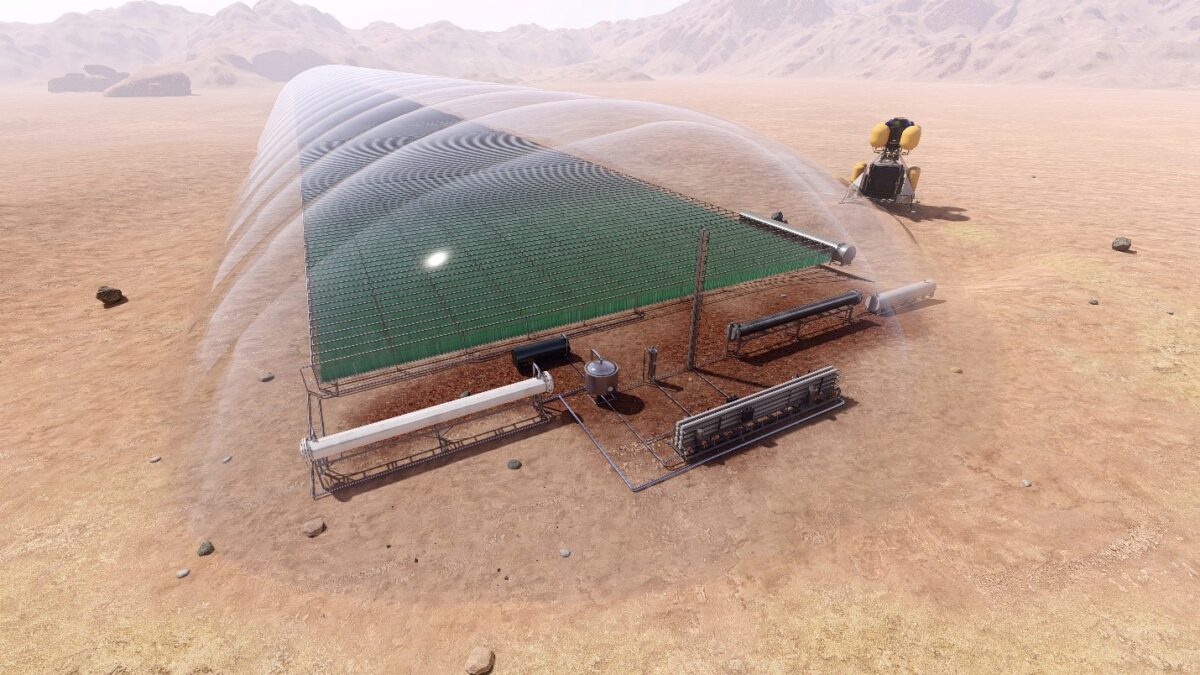
Image credit: BOKO mobile study
Genzale to Share Mars Fuel Plan at NASA Public Symposium
September 18, 2020
Caroline Genzale, Woodruff Faculty Member and NASA NIAC Fellow, will present her team’s concept for producing a renewable rocket propellant on Mars at the NASA Innovative Advanced Concepts (NIAC) Virtual Symposium on Tuesday, September 22, 2020 at 1:10 PM. The Symposium will feature 10-min talks from all NASA NIAC Fellows, discussing their early-stage technologies to advance space exploration technology. The short talks will be focused to a broad public audience and streaming live at: https://livestream.com/viewnow/niac2020.
The project, Fueling a Human Mission to Mars, is a collaborative effort by the groups of Caroline Genzale (Mechanical Engineering), Wenting Sun (Aerospace Engineering), and Pamela Peralta-Yahya (Chemistry and Biochemistry, PSE faculty). The goal of this project is to engineer production of a renewable, liquid, rocket propellant on Mars. In situ production of rocket propellant has the opportunity to reduce initial payloads from Earth, reducing launch costs by billions of dollars. The process centers around photosynthetically grown algae, cultivated using Martian carbon dioxide and sunlight, and feeding the digested algal biomass to an engineered microbe to produce rocket fuel. Preliminary research has identified diols as good fuel candidates based on their liquid state under average Martian conditions and theoretical combustion properties. The presence of oxygen atoms in the diols reduces oxidant demand and promotes a cleaner burn, potentially allowing reuse of rocket engines for multiple ascents.
“I am excited to share our recent progress in taking the technology from initial concept through a first proof-of-concept study. The Martian environment poses a really interesting set of challenges, from identifying novel propellants that can be produced using only Martian resources, to actually building a rocket propellant plant more than 36 million miles away from Earth with minimal to no human labor. If we’re successful, we’ll be one critical step closer to realizing a sustainable colony of humans living on Mars.”
